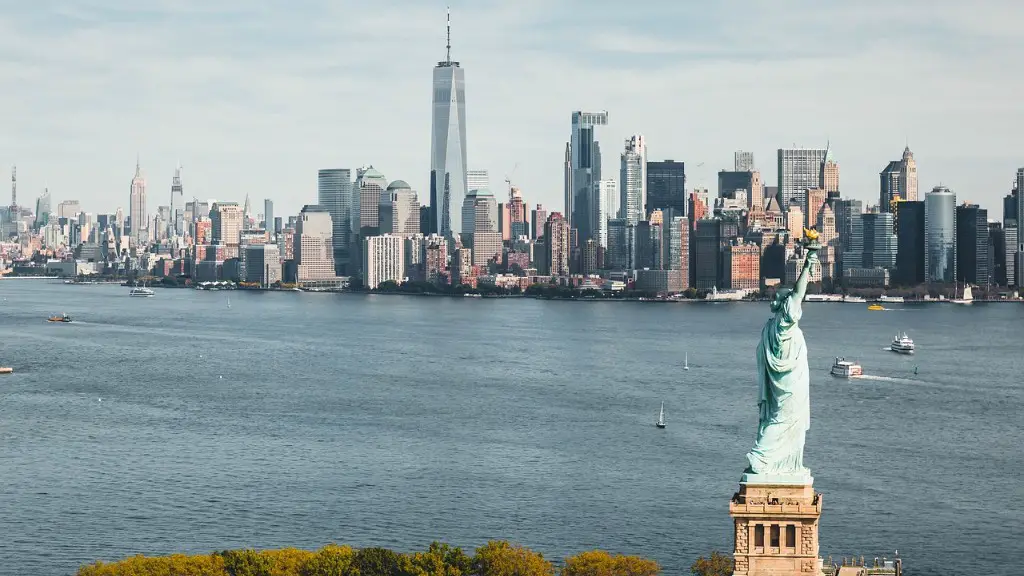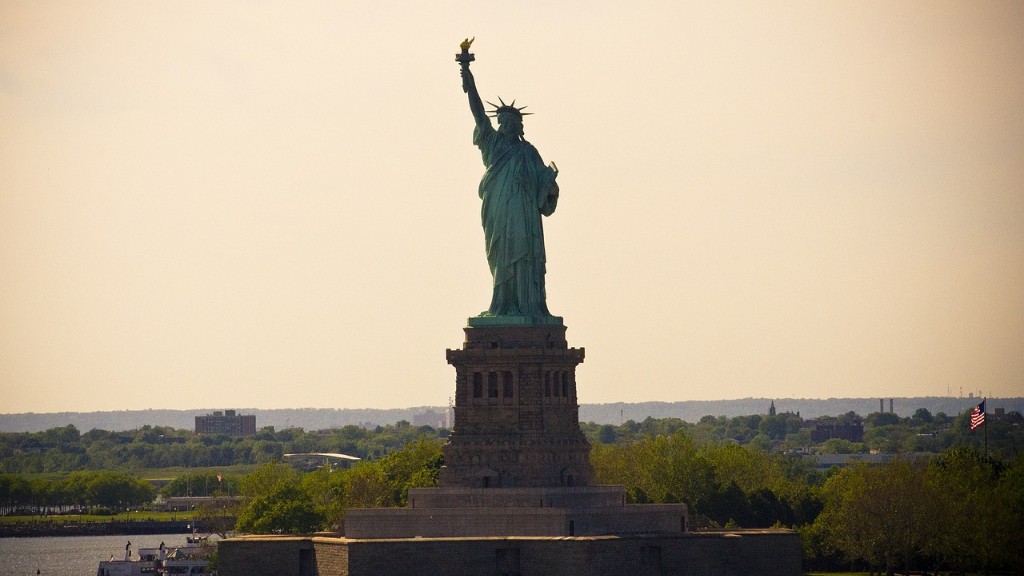Background Information on The Forbidden City of China
The Forbidden City of China is a palace, located in the center of Beijing, that was the political and ceremonial centre of the Chinese government for almost five centuries. The construction of this iconic palace, known as the Imperial Palace, was begun in the early 15th century by the Yongle Emperor, and it was completed in 1420. The Forbidden City consists of hundreds of buildings, with some 1,000,870 rooms across an area of 720,000 square metres, making it the largest palace complex in the world. It is currently a UNESCO World Heritage Site, and millions of people visit it every year to admire its grandeur and opulence.
The Construction of The Forbidden City
The Yongle Emperor, Zhu Di, brought together numerous artisans and other skilled craftsmen to build the Forbidden City and make it the most magnificent palace in the world. The emperor planned the architecture and design of the complex himself, with the remaining details being delegated to the best artisans. He also appointed a team of dedicated administrators who devoted their lives to ensuring the construction of the city was successful.
The construction of the city involved a huge amount of work, with nearly one million people estimated to have been involved in the project. The craftsmen used an array of materials, including marble, jade, and gold, and the buildings showcase intricate details and sophisticated designs. Every room of the palace is decorated with highly symbolic murals and sculptures.
The Architectural and Cultural Influence of The Forbidden City
The Forbidden City represents a microcosm of traditional Chinese culture. It is a vibrant reflection of the architectural, cultural and religious aspects of Chinese society during the height of the dynasty. The Forbidden City stands as a testament to a vast and powerful kingdom, and has had a large influence on the development of Chinese architecture ever since. In addition, it has become a symbol of Chinese culture, values and beliefs.
The city is surrounded by a ten-metre-high wall, and the design of these walls have inspired various cities around China and even other places in Asia such as Japan and Korea. Its grand gates and gateways serve as majestic entranceways to the outside world, while the traditional gardens within the palace-complex offer a peaceful refuge from the bustling city.
Preserving and Restoring The Forbidden City of China
In recent years, the Chinese government has invested heavily into restoring the Forbidden City and preserving its ancient buildings. The Palace Museum, which is responsible for overseeing the entire palace complex, runs several conservation campaigns each year to ensure its continued preservation. In addition, the museum also takes part in archaeological excavations, as well as research and academic programmes.
The government has also implemented several measures to reduce the impact of tourism and protect the buildings from potential damage. This includes limiting the number of visitors each day, prohibiting filming and photography in certain areas of the palace, and providing signage and explanations throughout the complex.
The Legacy of the Forbidden City
The Forbidden City of China is the largest preserved imperial palace in the world, and it stands as a reminder of the power and influence of ancient Chinese dynasties. It has remained relatively unchanged since its construction and is considered as one of the best examples of traditional Chinese architecture. Due to its wealth and grandeur, the Forbidden City continues to attract millions of visitors each year, and its rich history and culture remain relevant today.
Conclusion
The Forbidden City is an iconic landmark, filled with historical and cultural significance. Constructed by the Yongle emperor, nearly one million people were employed in this project. It has influenced the development of Chinese architecture and has become a symbol of Chinese culture. The city is well preserved due to the efforts of the Chinese government, and it continues to attract visitors from all over the world.
Exploring Other Palaces
The Forbidden City of China is not the only impressive palace in the country. Other palaces and imperial residences can be found across China, and some of them even surpass the scale of the Forbidden City. These include the Baiyun Palace in Beijing, Palace of the Ming Dynasty in Nanjing, and the Chengde Mountain Resort in Hebei.
These magnificent palaces are built in different styles and embody the architectural trends of their respective eras. These exquisite structures have survived through time, and they represent a unique part of Chinese culture. The grandeur and beauty of each palace can be experienced through its well-preserved murals and sculptures, as well as the intricate details of its design.
Investing in Conservation
Many of these ancient palaces and imperial residences are in danger of being lost, due to the effects of time and lack of investment in conservation and restoration. In order to keep these monuments alive for future generations, the Chinese government and non-profits must invest in their protection and preservation.
One example of such an initiative is the China Heritage Conservation Foundation. This non-profit organization is dedicated to preserving and restoring endangered ancient monuments and artifacts throughout China. They have invested heavily in restoring the Forbidden City and other historic sites in the country and have managed to save a number of these monuments from potential destruction.
Experiencing the History
Visiting a palace or an imperial residence is an incredible experience, as it allows one to learn about the culture and history of China. Such a journey allows visitors to observe the grandeur of the architecture and appreciate the beauty of the gardens. It is also a chance to learn about the history of the palace and its significance to the Chinese people.
The preservation of these monuments is also an important factor in maintaining Chinese culture. Through visiting and learning about them, we can gain an appreciation for Chinese culture and its importance throughout the world.
Promoting Chinese Culture
The Chinese culture has flourished throughout history, and the country’s imperial palaces are a testament to this. Therefore, it is essential that this important part of Chinese culture is preserved and respected. By understanding their significance, we can gain an appreciation for the impact they have had on Chinese culture and the world.
There are a number of initiatives run by the Chinese government and non-profits to promote the culture and to protect these monuments. Such projects have allowed the preservation and restoration of some of the most iconic examples of Chinese culture, such as the Forbidden City.
Inspiring Future Generations
The Forbidden City of China is one of the most important monuments in the world and it has inspired generations of people to learn about Chinese culture and its history. Not only is it a hugely impressive work of architecture, but it also represents a microcosm of traditional Chinese culture.
It is therefore important that we protect this important cultural landmark and continue to promote it to future generations. By doing so, we can secure the legacy of the palace and ensure that its beauty and history can continue to be enjoyed for years to come.


